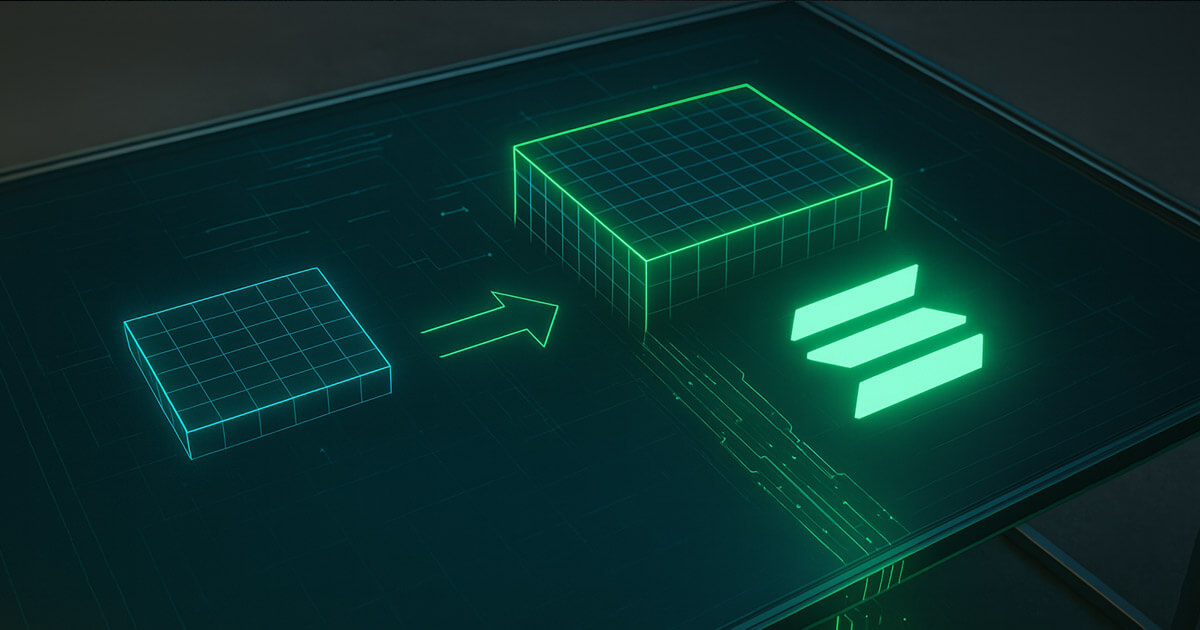Solana’s Block Limit Gets a Boost: What Does it Mean for the Network?
Big news for Solana fans: the network’s block limit has just been increased from 50 million to 60 million compute units (CUs). This 20% expansion is a significant move to support higher transaction volumes and improve overall performance. According to Helius Labs CEO Mert Mumtaz, who announced the update on July 23, this change is all about giving the network more room to breathe.
How Compute Units Work on Solana
So, what exactly are compute units, and why are they so important? Think of CUs like fuel for a vehicle: each transaction consumes a certain number of CUs depending on its complexity. For example, a simple token transfer uses fewer CUs than a multi-swap operation across decentralized exchanges. By increasing the block limit, Solana is essentially adding more fuel to the tank, allowing for more complex transactions and higher volumes.
A Broader Effort to Improve Performance
This upgrade is part of a larger effort to address execution constraints that have been observed during periods of high network activity. In June, Solana raised the CU limit to 50 million as a precautionary step to prevent disruptions. With this second phase of expansion, developers are aiming to create a more robust and scalable network. And they’re not stopping there: Mumtaz has revealed that the team is working towards eventually doubling the block capacity to 120 million CUs.
This would be a game-changer for developers, allowing them to build more expressive applications and reduce transaction fees, especially as demand grows. It’s all about creating a better user experience and driving adoption. As Brennan Watt, Vice President of Core Engineering at Anza, has already merged a Solana Improvement Document (SIMD-0286) proposing a further increase to 100 million CUs, it’s clear that the network is committed to ongoing improvement.
The Debate Over Uncapped Block Capacity
But what about the possibility of uncapped block capacity? Watt notes that core developers are still debating the issue. While unlimited execution could enhance flexibility, it also raises concerns about potential abuse. As he puts it, “execution needs to be bound to protect from abuse.” It’s a delicate balance between giving developers the freedom to build and protecting the network from malicious activity.
As Solana continues to evolve, it’s likely that we’ll see more discussions around static analysis, metering, and asynchronous execution models. With the network’s price recently hitting a five-month high of over $200, fueled by institutional interest and rising adoption in corporate treasuries, it’s an exciting time for Solana. Even with the current market correction, the future is looking bright for this rapidly growing ecosystem.
Stay Ahead of the Curve with the Latest Market Insights
Want to stay up-to-date on the latest developments in the crypto space? From market trends to network updates, we’ve got you covered. Check out our latest market report for the inside scoop on what’s driving the industry forward.

